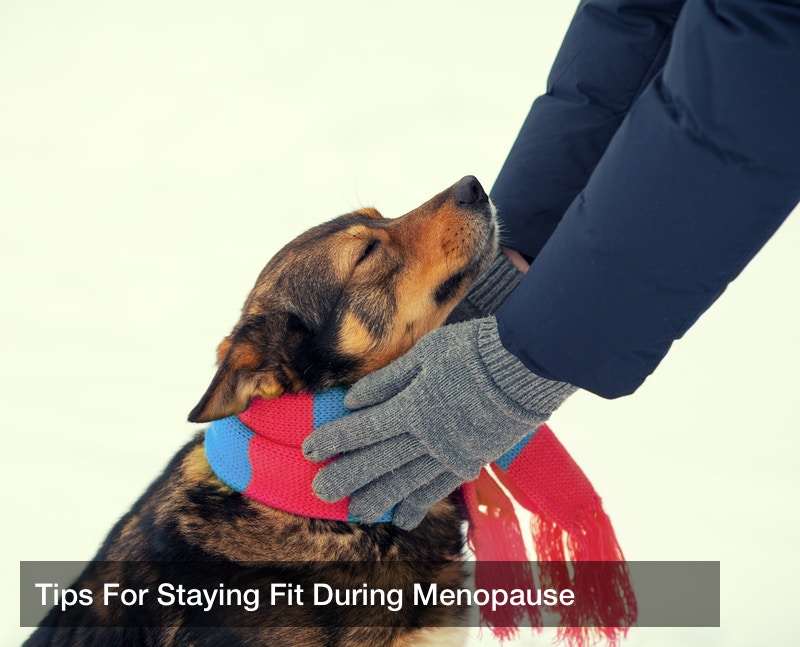
 For many Americans, yoga is their physical activity of choice. What was started as a means of spiritual development and connection has morphed into the way to build lean muscle and increase flexibility. Regardless of where dedicated yogis practice — be it at home, in a dance studio, or at the gym on hardwood floors (most of which have a hardness ranking of around 1450 on the Janka scale), they know that a high-quality mat is a necessity. But some devotees may not know that the type of mat they choose can have a big impact on their comfort during class — and on their health in general.
For many Americans, yoga is their physical activity of choice. What was started as a means of spiritual development and connection has morphed into the way to build lean muscle and increase flexibility. Regardless of where dedicated yogis practice — be it at home, in a dance studio, or at the gym on hardwood floors (most of which have a hardness ranking of around 1450 on the Janka scale), they know that a high-quality mat is a necessity. But some devotees may not know that the type of mat they choose can have a big impact on their comfort during class — and on their health in general.
Experts suggest that the ideal yoga mat should strike a thickness balance: a mat that’s too thin won’t provide adequate protection, but a mat that’s too thick will compromise the practitioner’s connection to the floor. Mats that are around one-sixteenth of an inch in thickness typically work best, but those with certain concerns (like knee problems, for example) may fare better on a slightly thicker mat.
It’s also recommended that the mat be made of PVC, rubber, cotton, foam, or jute. While PVC is a durable and comfortable choice, foam, cotton, and rubber mats are considered to be more eco-friendly choices. “Stickiness” is also a concern for yoga enthusiasts, as this feature helps participants hold poses properly and gain traction throughout.
But when choosing a mat, many yogis may forget to consider how easy it is to clean. Considering how much the average person sweats during a class, as well as the floors and vehicles a given mat has touched, many feel it should be a chief consideration. There are countless web searches conducted every day that ask how to clean a yoga mat, and some companies are stepping in to make it even easier for yogis to wipe away germs and grime.
Instead of relying on DIY vinegar-and-water mixes or tea tree oil, yoga practitioners can turn to the Clever Yoga travel mat. According to their news release, not only is it easy to fold and totally waterproof, but it can actually be washed and dried just like a towel. That means that it’s easy to throw it in with the rest of the laundry — and since it’s now available through Amazon Prime, it’s easy to order in one click.
But for some consumers, sticking it in the washing machine isn’t simple enough. Blank Yoga just launched what’s being reported as the world’s first self-cleaning yoga mat through a Kickstarter campaign. Made with antimicrobial silver salts, the material keeps the body’s bacteria from reproducing. In short, this means that the mats are virtually resistant to bacteria and odor for up to seven years, depending on amount of use. Since mats are notorious hotbeds for germ growth, using these mats would be a great way to promote higher immunity levels even if someone forgets to wash it off between classes. Blank Yoga is hoping to raise $10,000 to fund the project, and with 30-some days to go, they’re currently only a few thousand short.
But even if you aren’t willing to fork over the cash for an easier-to-clean mat, it’s still key to remove sweat, dirt, and germs before you get ready for class every day. In America, yoga is a great way to promote better health — but only if you take good care of the things you need to practice.



